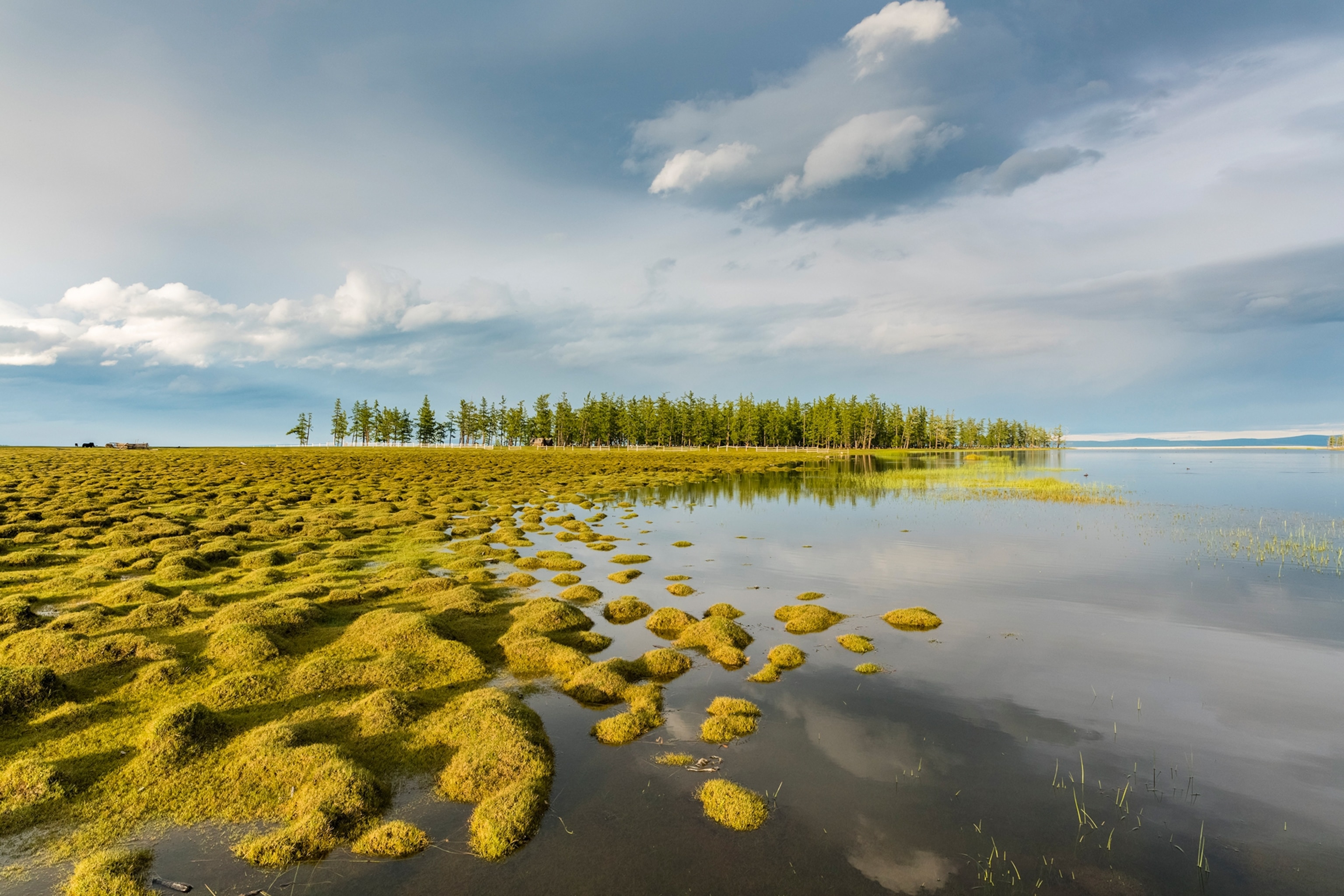While the allure of lesser-known travel destinations holds an undeniable romance, their delicate ecosystems and cultures often struggle under the demands of modern tourism. However, our presence in these off-the-beaten-track locales can be a force for good, provided we embrace a philosophy of wise and responsible travel. Whether it’s the mystical call of a misty mountainside teeming with wildlife or the serene beauty of a seemingly undiscovered beach, exploring the world’s hidden corners offers unparalleled opportunities for profound cultural immersion, thrilling adventure, and a deeper understanding of our planet. This guide highlights five exceptional remote destinations, each offering unique experiences facilitated by operators committed to expert guidance and sustainable practices, ensuring your journey leaves a positive footprint.
Rwanda: The Heart of Gorilla Encounters and Wild Conservation
Rwanda, a nation of astonishing natural diversity, presents a captivating landscape of shimmering lakes, modern cities, and undulating emerald green hills. A mere two-and-a-half-hour drive from its well-connected capital, Kigali, lies the remote Volcanoes National Park. This park offers one of the most poignant wildlife experiences on Earth: the opportunity to track and intimately observe endangered mountain gorillas in their natural habitat. Trekking hikes can extend over four hours, yet every step is rewarded by the awe-inspiring sight of these majestic primates against the breathtaking backdrop of the Rwenzori Mountain Range and the Virunga volcanoes. Visitors can follow in the footsteps of the legendary primatologist Dian Fossey, gaining insight into her pivotal work that helped save this species from extinction. Strict guidelines and specific permits are in place to ensure the gorillas’ protection, making expert-led tours essential for a respectful and responsible encounter.

Venturing further east, Rwanda’s Akagera National Park showcases a world-class rewilding initiative. Through increased community engagement, robust conservation measures, and strategic wildlife reintroduction, Akagera’s wildlife population has surged from fewer than 5,000 in 2010 to an impressive 12,000 today. Here, visitors can embark on safaris to spot lions, majestic Masai giraffes, and the newly reintroduced southern white rhinos, witnessing the remarkable success of dedicated conservation efforts firsthand. This commitment to restoring biodiversity, coupled with careful tourism management, positions Rwanda as a model for sustainable wildlife travel.
Costa Rica: A Pioneer in Nature-Based Adventure
Costa Rica has long held a quiet reputation among discerning travelers for its unparalleled natural beauty and exhilarating outdoor experiences. Its vibrant rainforests, alive with birdsong, lively rivers, and dramatic volcanic landscapes, offer a playground for nature enthusiasts. Adrenaline seekers can plunge into white-water rafting or kayaking on the thrilling Pacuare River, while those with a penchant for heights can experience a unique perspective by zip-lining through the verdant rainforest canopy in Herradura, soaring above the rich biodiversity below.

The nation’s unwavering commitment to environmental stewardship has earned it international acclaim. In 2021, Costa Rica was honored with the prestigious Earthshot Prize for its groundbreaking reforestation and ecotourism initiatives. Furthermore, it stands as one of the few countries in its region to implement a comprehensive National Decarbonisation Plan, with an ambitious goal of achieving carbon neutrality by 2050. Choosing to travel to Costa Rica directly supports these pioneering endeavors, especially when opting for operators that prioritize active learning experiences and engage in carbon offsetting programs, thus contributing positively to the country’s green future.
Mongolia: Immersive Journeys into Nomadic Culture and Wild Landscapes
Nestled between Russia and China, Mongolia embodies the spirit of remote and rugged adventure, with its vast deserts, ancient forests, and sprawling grasslands remaining largely untouched by mass tourism. The bustling capital, Ulaanbaatar, serves as the ideal starting point for any Mongolian expedition. Here, traditional yurt-style architecture coexists with striking Soviet-era buildings like the National Theatre. Cultural gems such as the Choijin Lama Temple and Gandan Monastery offer captivating insights into the nation’s rich spiritual history and traditions.

For the intrepid traveler seeking ultimate adventure, Mongolia’s diverse natural landscapes beckon. Northeast of the capital, the picturesque Gorkhi-Terelj National Park offers stunning scenery and outdoor activities. Alternatively, a journey southwest leads to the colossal expanse of the Gobi Desert, where opportunities for trekking, horseback riding, and archery abound amidst the majestic peaks of the Gobi Altai Mountains. A highlight not to be missed is the Flaming Cliffs, famous for their vibrant red and orange hues at sunset and as the site of the world’s first dinosaur egg discovery by Dr. Roy Chapman Andrews. Staying at places like Three Camel Lodge, which combines cultural immersion with support for local causes such as paleontological expeditions and the Mongolian Bankhar Dog Project, offers a truly authentic and responsible experience within this unique nomadic landscape.
Greece’s Hidden Gems: Discovering Tranquil Aegean Islands
While Greece is renowned as a popular tourism destination, its vast archipelago of over 1,200 islands and islets holds many relatively undiscovered gems. On these quieter islands, the ancient custom of filoxenia, meaning “love of strangers” and embodying profound hospitality, ensures an incredibly warm welcome. This ethos is beautifully exemplified on the island of Lipsi, where the Lipsi Winery invites visitors to savor tastings of local wines, including Aposperitis—an award-winning sweet red made using indigenous Fokiano grapes and traditional sun-drying techniques, yielding a distinct fruity flavor unique to the island.

Even within the popular Cyclades and Dodecanese island groups, which boast famous destinations like Mykonos and Santorini, it’s possible to uncover numerous lesser-visited islands. These tranquil havens feature charming whitewashed villages, iconic dome-topped churches, and secluded, unspoiled beaches. Venturing to islands ranging from the tiny Levitha, home to just a handful of residents, to the captivating caves and coves of Amorgos, allows the economic benefits of tourism to be distributed beyond the major hotspots. Exploring these quieter islands by boat provides the perfect opportunity to discover their untouched beauty and experience authentic Greek hospitality.
Antarctica: Responsible Exploration of the Pristine White Continent
A voyage through the Antarctic Peninsula offers an extraordinary journey through 800 miles of ice-carved channels, remote islands, majestic glaciers, and iceberg-strewn bays. The crystal-clear light of this pristine environment is a photographer’s dream, but it’s the mesmerizing wildlife that truly captures the imagination. The continent, though devoid of terrestrial mammals, is a haven for diverse species, providing unparalleled opportunities to spot various types of penguins, along with seals and whales, in their natural, awe-inspiring habitats.

An expedition to Antarctica also includes visits to fascinating historic sites, such as the remote South Shetland islands, which serve as critical breeding grounds for vast penguin colonies. Exploring this delicate environment responsibly is paramount, making expert guides indispensable. Polar expedition ships often feature enriching talks on geology, glaciology, history, and wildlife, complemented by expert-led excursions like Zodiac (small boat) tours, sea kayaking, and stand-up paddleboarding amidst towering icebergs. As Robert Kunikoff, a travel advisor with Global Travel Collection, aptly states, “exploring Antarctica is an extraordinary opportunity, but it’s essential to approach it with humility and responsibility. We are custodians of this pristine environment during our visit, and so are tasked with ensuring its preservation for future generations.”




